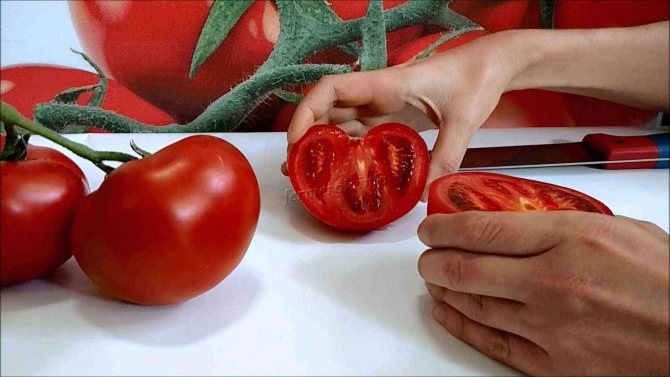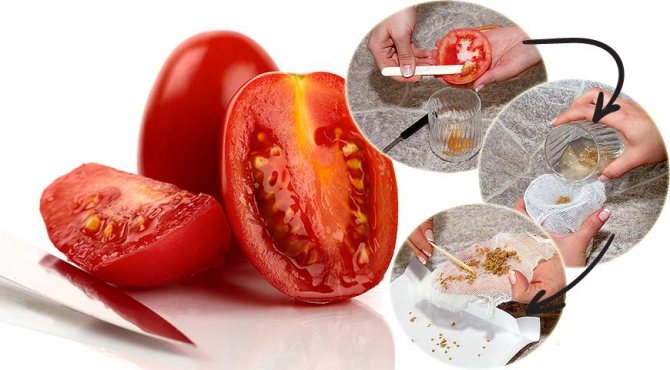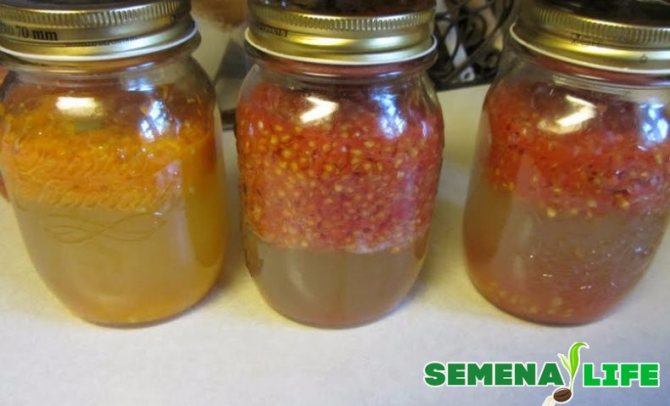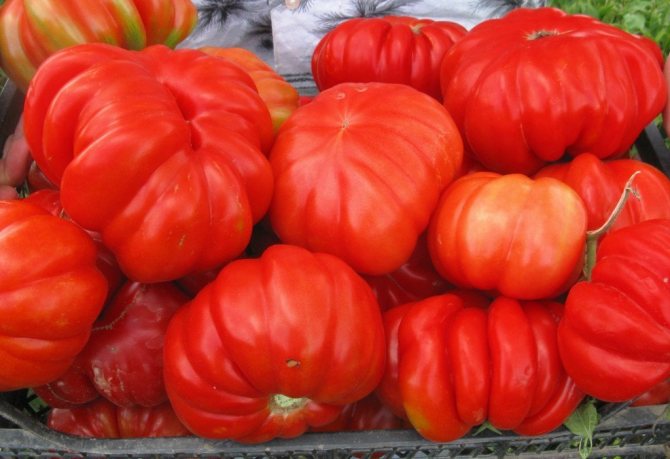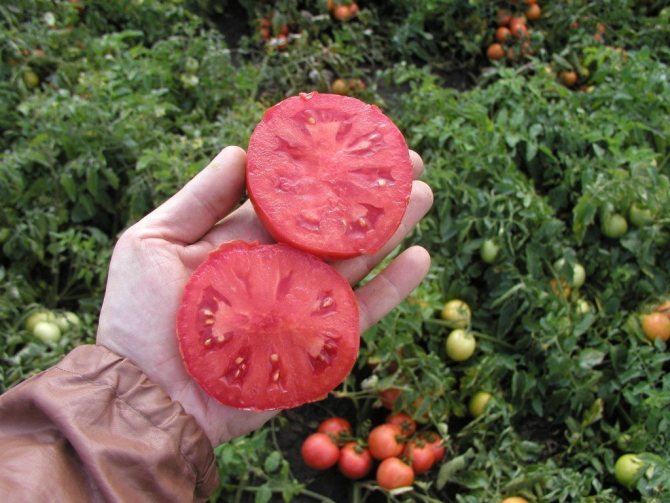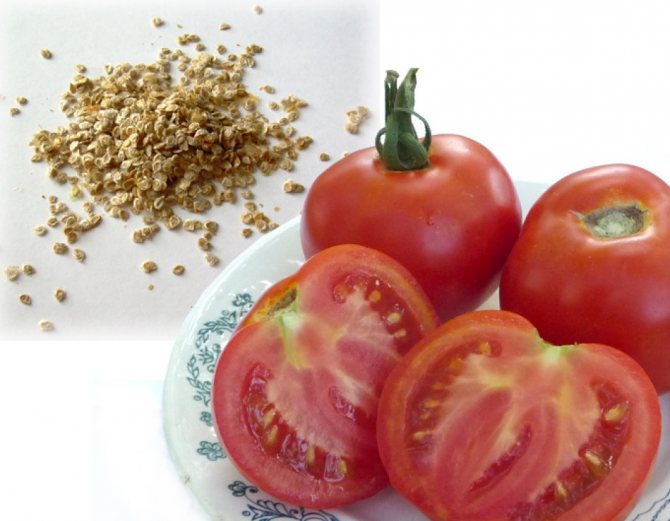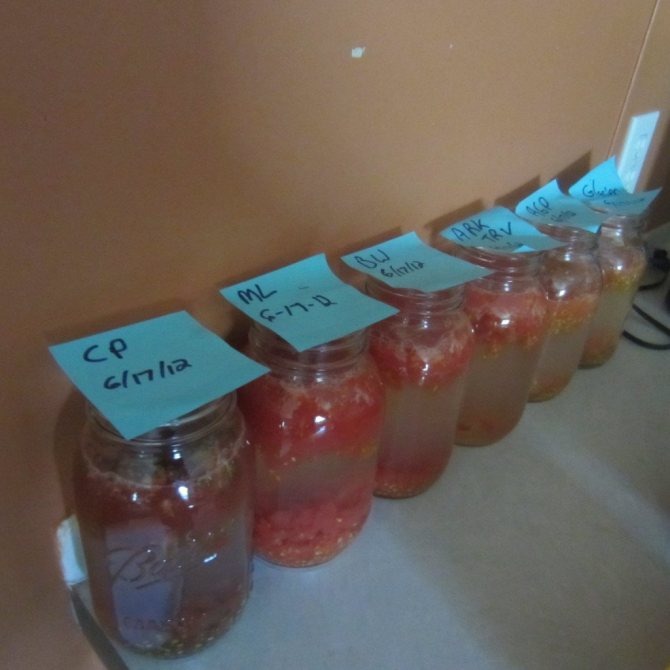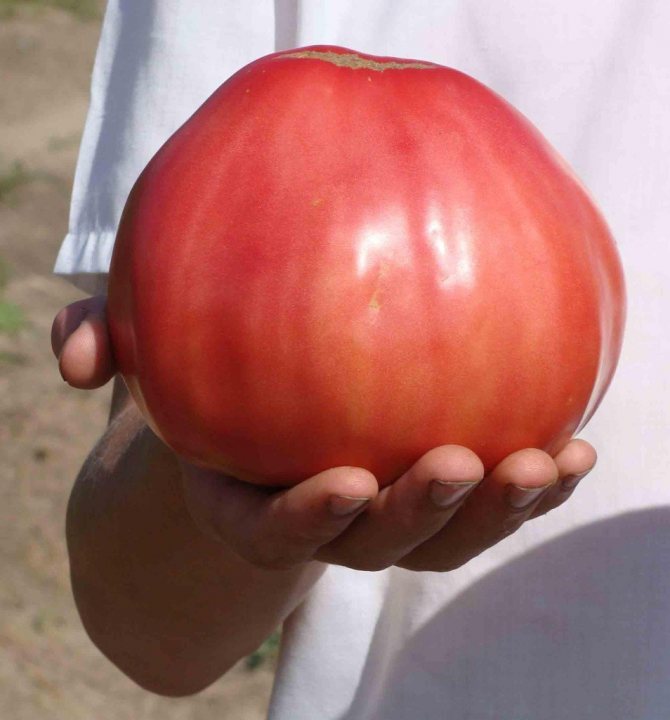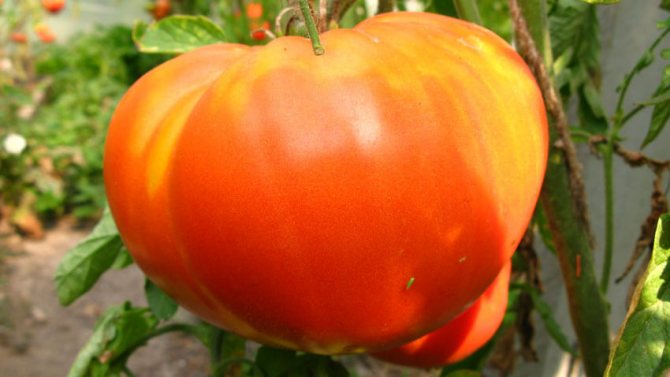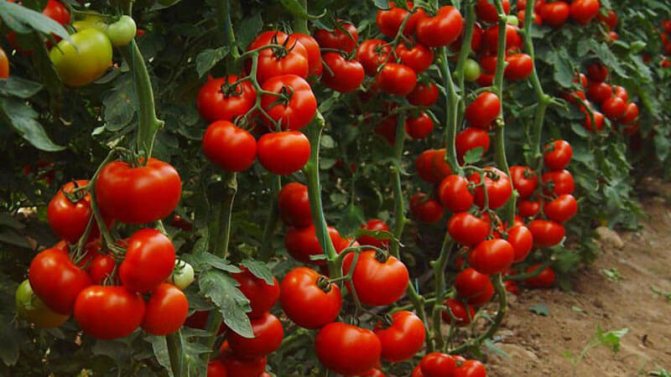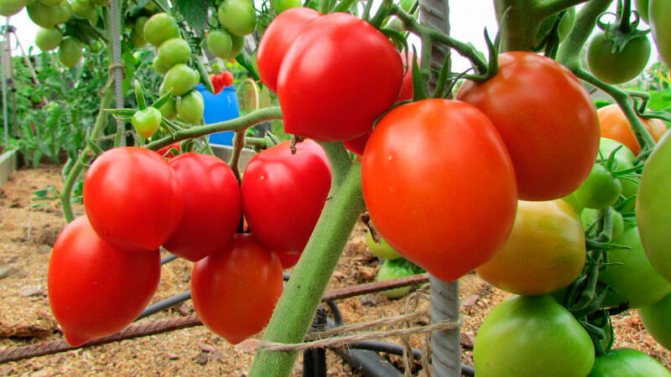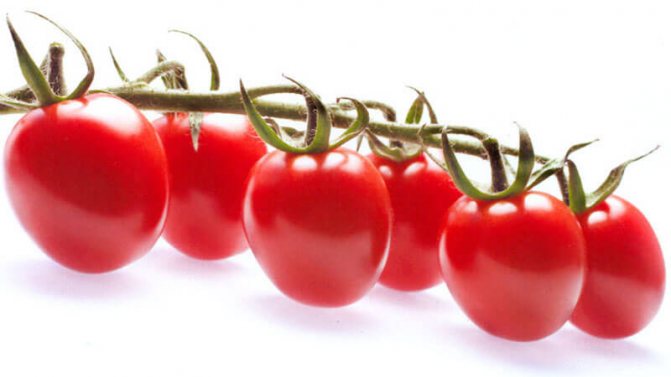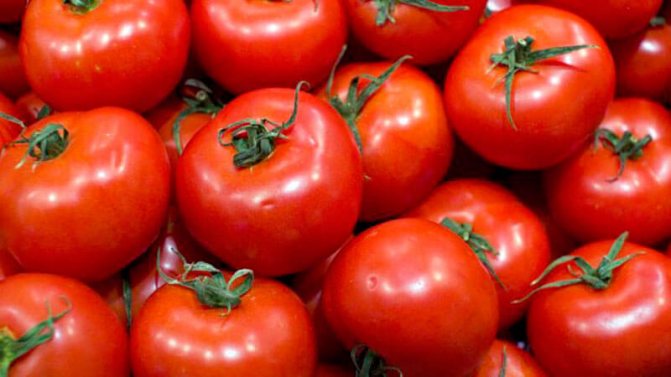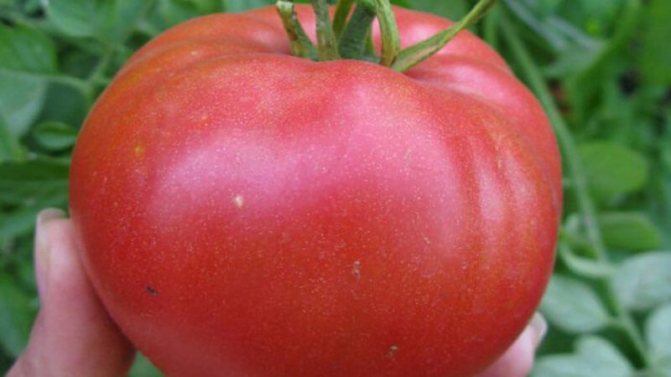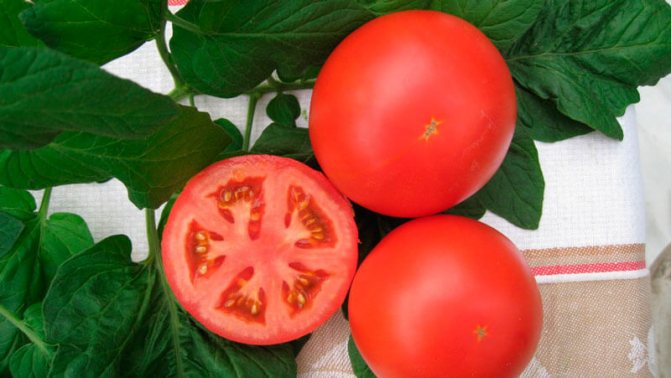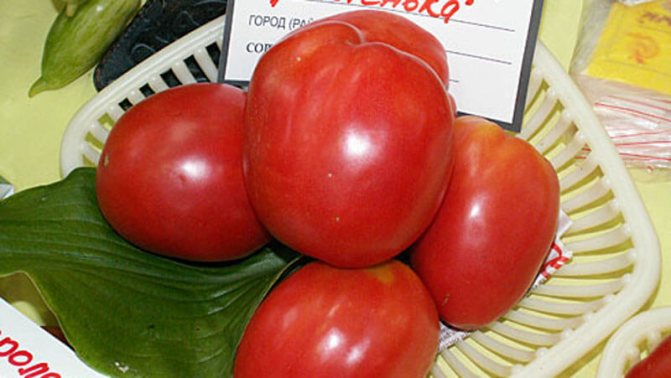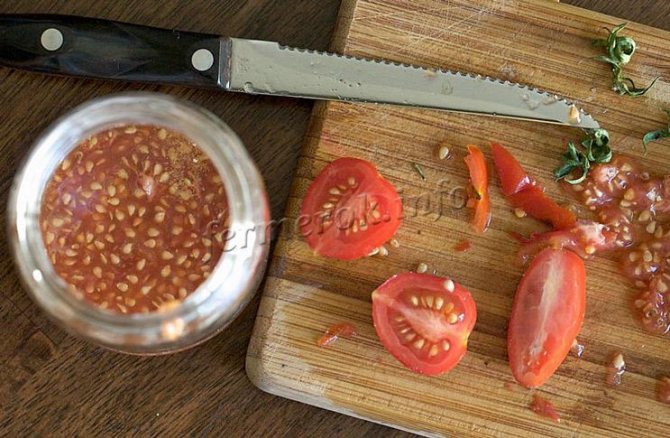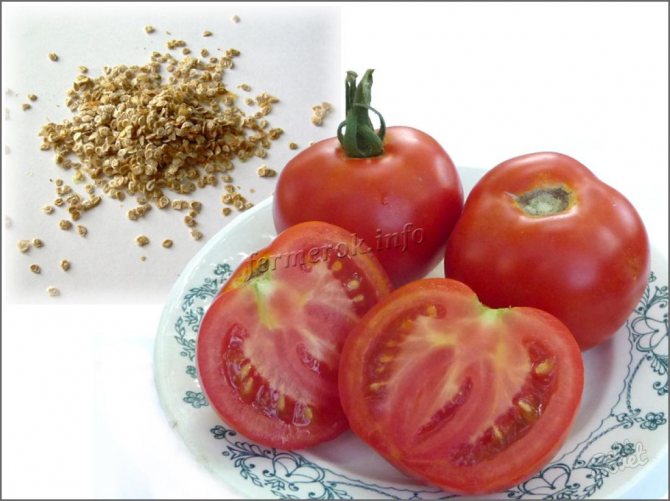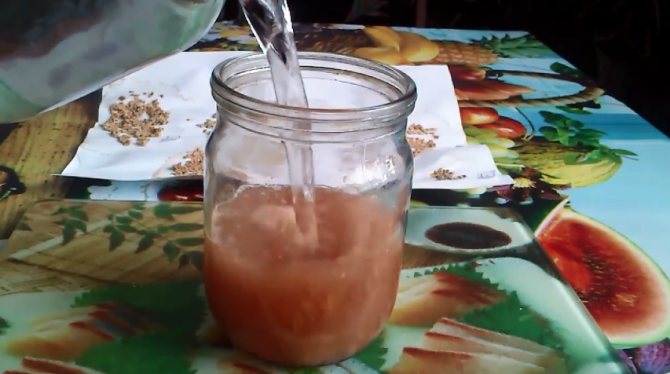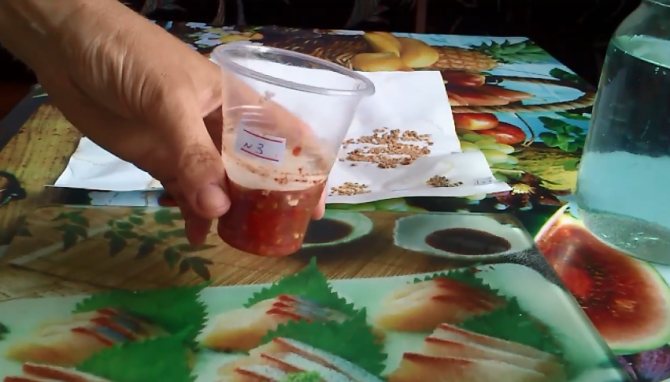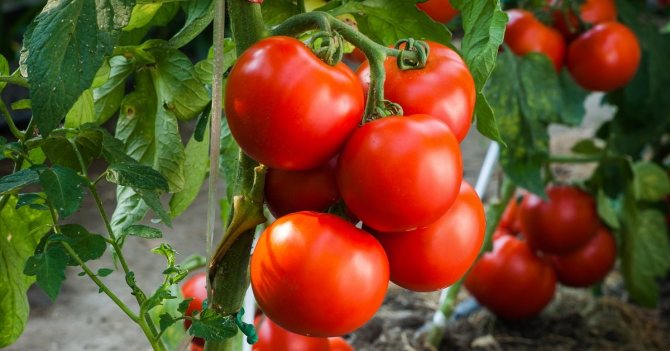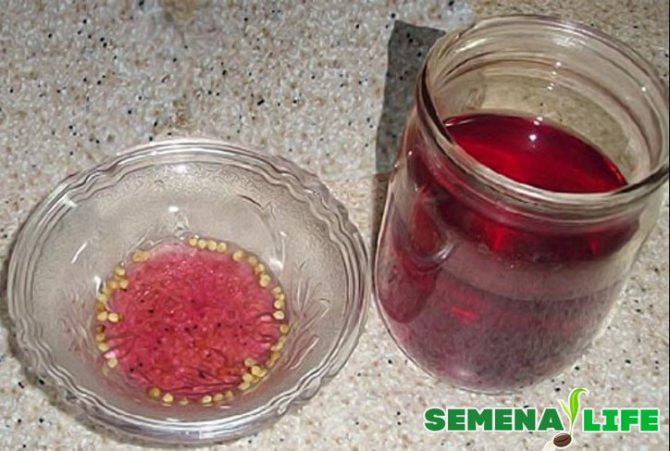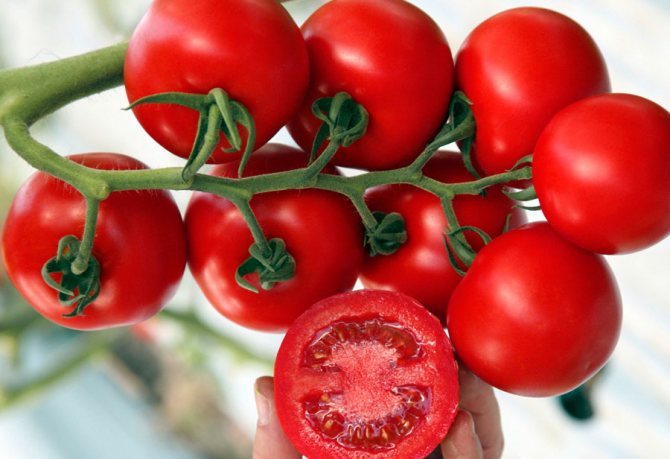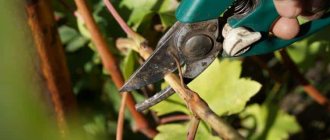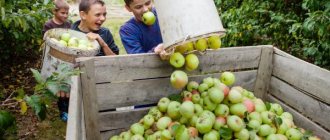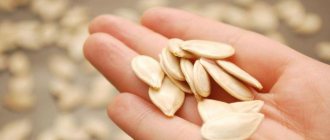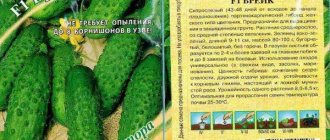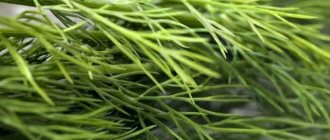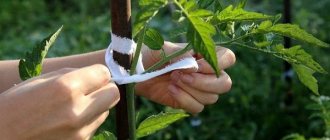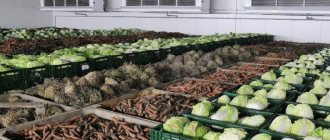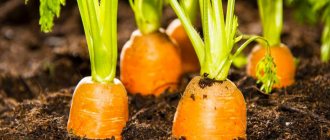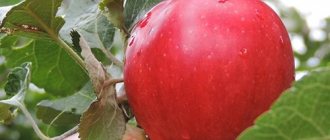»Vegetable» Tomatoes »How to properly collect tomato seeds at home
0
530
Article rating
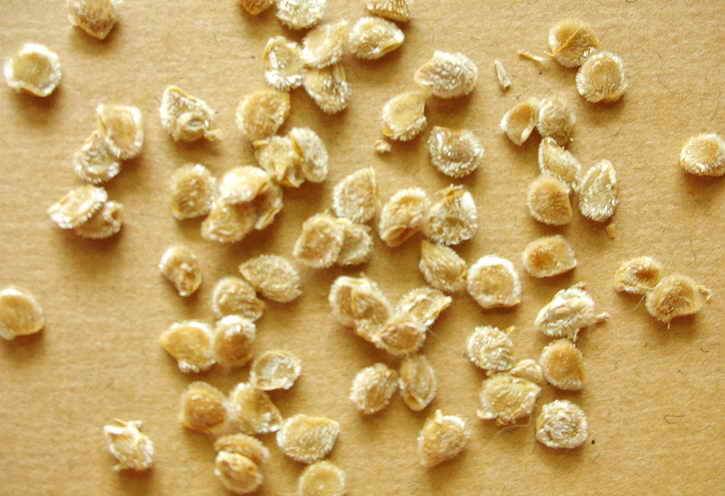
how collect tomato seeds, and in what way it can be done. It's time to harvest, and with it the seeds of your favorite tomatoes. Olga V. Shares her experience. Krasnoyarsk Territory.
How to choose a fruit for picking planting material
Choosing the right fruit will help to collect the largest amount of seed. When performing the procedure for harvesting tomato seeds at home according to the instructions, the germination of a vegetable crop increases several times.
Requirements for good tomatoes:
- Tomatoes are harvested from a bush, with properly developed tops without signs of infection and fungi.
- The fruits are taken from the lowest branch of the bush.
- Fully ripe tomatoes are harvested. It is very important here not to allow the tomato to overripe, otherwise such a tomato may not germinate.
Choice by purpose
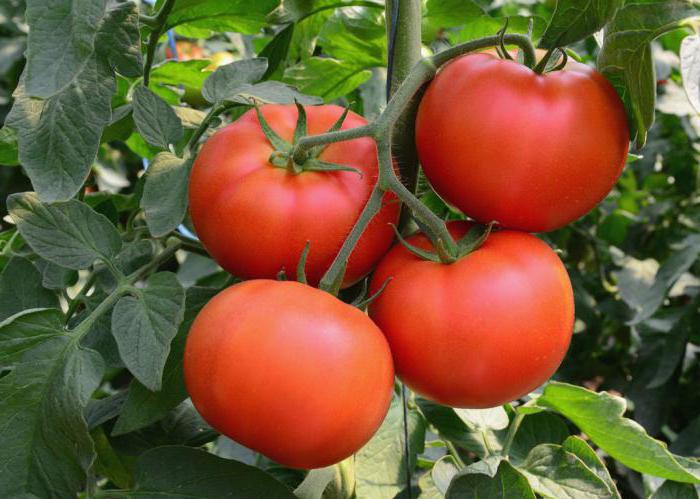

An important factor in choosing tomato seeds is their purpose. That is, what they will be used for: salted, for fresh salads, for juice or fresh storage for a long time. You need to familiarize yourself with the following information:
- salad variety - these are large fruits with thin skin and aromatic, fleshy pulp;
- for canning, these are small and even small fruits, few seeds, tight flesh and dense skin;
- universal - medium fruits, tasty juicy pulp, tight skin, suitable for both salads and juice making, and for canning;
- for storage - only late-ripening varieties with good keeping quality, tight skin are selected, fruits are small and dense.
The color, size, flavor and shape of tomatoes are not the main criteria, and their choice depends only on personal preference.
What tomatoes can you take seeds from?
Highlight the healthiest and most productive shrubs that match the variety descriptions. Take tomatoes for seeds from them: in the open field - from the first brush, and in the closed field - from the second or third. Fruits higher in the stem usually grow smaller, the seeds in them will also be small and with the worst germination. But it is not worth taking tomatoes that are too large, of an irregular shape.
Ideally, the fruits for seeds should ripen on a bush, but if there are no conditions for this, you can remove them in blanche ripeness and ripen at home. Wait for the tomatoes to acquire a rich color corresponding to the variety and soften. There are several ways to extract and prepare seeds for storage.
Common mistakes
Consider the mistakes that are common in seed procurement:
- Collection from hybrid plants. Productivity, taste will change significantly.
- Choose the largest fruit that is not typical of the variety. The probability of getting the same large fruits is too low.
- Lovers of self-selection can choose fruits of an atypical shape, which will also reduce the quality of the seed.
- Storage moisture disturbance. This leads to the formation of mold on the seeds and it no longer makes sense to use them - all sowing qualities are lost.
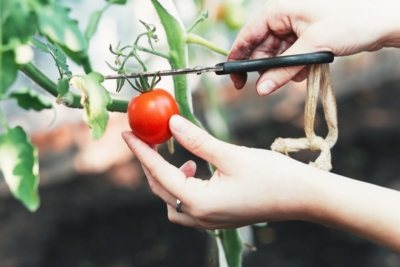

Best time to release tomato seeds
Before you can properly collect tomato seeds at home, you should determine the timing.If you start the harvesting process ahead of time, then the seedlings can be very weak, which will affect the harvest. Often, the time to harvest is determined by the ripening time of the fruit. The procedure should not be approached at the beginning or at the end of fruiting, it is important to highlight the middle ground and start the collection process.
Important! If you skip the right moment, then next year the seedlings can be attacked by fungi, which will prevent the vegetable crop from developing properly.
Late-ripening varieties
Collecting tomato seeds at home from late varieties is recommended to start in September. The procedure can be carried out throughout the month. You can determine whether the tomato is an early or late type by the inscription on the back of the package with seeds.
Mid-season varieties
The mid-season species is collected from mid-August to early September, but not later. Having overdue the required time, you can get weak seedlings.
Early maturing varieties
Summer residents recommend picking tomatoes of early species from mid-July to mid-August.
Collection rules
So, seed collection has the following rules:
- Collect fruits in dry weather.
- It is advisable that tomatoes of the same variety grow in the garden to avoid cross-pollination.
- Harvest fruits only from varietal crops.
- Pay attention to the quality of the bush.
- If you are collecting seeds of several varieties, use different containers and do not forget to sign them.
- Do not try to harvest seeds from plants that are not suited to your climate. Even if you got a good harvest this year, there are practically no guarantees of a repeat of success.
- Pick fruit for seed separately from harvesting the bulk of the crop.
- Do not pick overripe tomatoes, the chances of seeds sprouting during the drying phase are too high.
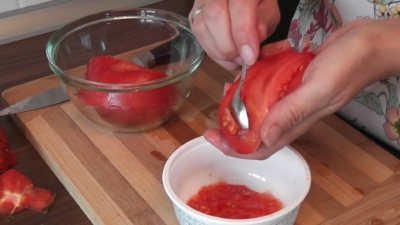

Method with water without fermentation
- Cut the tomato into pieces to expose the seed chambers.
Cut the tomato into pieces - Squeeze out or scrape with a teaspoon the seeds along with the juice into a container with transparent walls (jar, glass, glass).
Remove the seeds from the tomato along with the liquid - Keep the container with pulp and seeds in a dark place at room temperature until fermentation begins and for another 2-3 days. Can be covered with gauze or loose lid.
Place fermentation cups in a shaded area - Stir the pulp every day to help the seeds separate from it and fall to the bottom. The fermentation process is considered complete when the liquid stratified: there will be a thick cap at the top, and clarified juice with seeds at the bottom below.
A sign of readiness will be the stratification of the contents and the clarification of the liquid. - Drain the container as much as possible, leaving the seeds. Place them on a sieve and rinse.
Throw the seeds on a sieve and rinse - Place the wet seeds on top of newspaper or any kind of paper. When the water is absorbed, transfer it to dry paper and take it to a warm place where there is no stagnation of air, for example, put it on a windowsill or table in a ventilated room.
Dry the seeds on a piece of paper or newspaper - Stir the seeds every day, knead the stuck together lumps.
Completely dried seeds should be free-flowing; when poured into some container, they should rattle like peas.
- Remove the seeds from the tomatoes as described above.
- Fill the seed container up to the top with water.
- Leave it on for 15-20 minutes. During this time, stir the contents with a spoon 3-4 times to help the seeds free of pulp and juice.
- Place the seeds on a sieve and rinse.
- Lay them out on paper and dry.
With this method, one part of the seeds, once in the water, will continue to swim, and the second will drown, which does not mean anything. The upper seeds do not allow the adhering pulp particles to sink. As practice shows, all seeds germinate: both drowned and those remaining on the surface. This technology is simpler and faster than the previous one.In addition, not everyone succeeds in the fermentation option. Sometimes tomato seeds germinate when kept in liquid for 2-3 days.
How to collect tomato seeds at home
For the correct harvesting of tomato seeds at home, no special devices are required. Every house has everything you need to collect:
- ripe tomatoes;
- tea spoon;
- knife;
- gauze or sieve;
- paper napkins;
- storage bag (paper).
Stages of harvesting your tomato seeds:
- Incision. The tomato is cut in half or in 4 pieces. The number of chambers depends on the type of vegetable selected, so sometimes it is required to cut into several parts, or even more.
- Seed collection. The juice is collected in a separate container. You can release seeds from tomatoes with your hands or with a spoon. Use any dishes. It is worth noting that there should be enough tomato juice so that the grains are completely covered.
- Fermentation. For this process, you will need to cover the container with a lid or polyethylene, but it is not tight. Each region takes a different time to ferment. Typically - 1-2 days.
- Completion of the procedure. The end of the process is evidenced by the sinking of the grains to the bottom, the appearance of small bubbles and a film on the top of the jar.
- Rinsing through cheesecloth. After the seeds are removed from the container, they should be rinsed well with water. It is very important here to separate the remnants of the pulp.
- Drying of grains for 5-7 days.
If the gardener does not have time to tinker with collecting seed at home, we recommend using the faster harvesting method.
This requires:
- ripe tomato;
- sharp knife;
- paper napkin;
- bag for the fence.
Algorithm of actions:
- Cut the vegetable into several pieces.
- Smear the contents on a paper towel.
- Leave to dry for a week.
- After drying, separate the seeds with your fingers and place in the prepared bags.
Drying and storage rules
After rinsing, excess moisture must be removed. To do this, spread the seed on a paper towel. It is worth paying attention, if grains are collected from various tomatoes, it is necessary to sign napkins and bags.
Important! Drying the seeds in direct sunlight will help germinate them.
Also, during drying, temperature drops in the room, changes in humidity levels should be avoided.
Let's take a look at how to properly harvest tomato seeds. To do this, you need to choose suitable fruits, extract their contents, dry and store until spring.
In order to collect high-quality seeds, it is not at all necessary to choose the largest tomato and keep it on the bush until it is fully ripe. Follow these rules:
- To extract seeds, take the tomatoes that were among the first to appear. In the greenhouse - from the second or third brush, in the ground - from the first. First, the lower ovaries bloom first, when the bees are not yet active, therefore, the likelihood of cross-pollination is less. Secondly, the apical fruits are smaller than the lower ones. Thirdly, the longer a tomato grows, the more likely it is to develop late blight or other fungal infections.
- Even in varieties that are new to you, before collecting tomato seeds, ask how they should look. Take only fruits of typical shape, color and size.
- To get your own planting material, it is best to pluck brown tomatoes (then they are ripened), in extreme cases in full color, but not fully ripe. Overripe fruits are not suitable for collecting seeds at all - the embryo is already ready for germination and, after drying, is unsuitable for further reproduction.
- Always pick tomatoes from healthy, disease-free bushes.If you think that it is better to let the tomatoes get sick than to “poison them with chemistry,” plant several plants separately and process only them. If you didn't do it right away, plant it, the tomatoes perfectly tolerate the transplant.
Seed collection
Wash plucked brown tomatoes, dry, put on ripening at a temperature of about 25 degrees. Just be careful not to overripe, because after that they will only be suitable for making salad. There are many ways to harvest tomato seeds. They are all similar to each other, but differ only in little things.
Should I choose a pure variety or a hybrid?
Any novice vegetable grower asks this question. To determine which tomato seeds are best, you need to familiarize yourself with the advantages and disadvantages of hybrids and pure varieties.
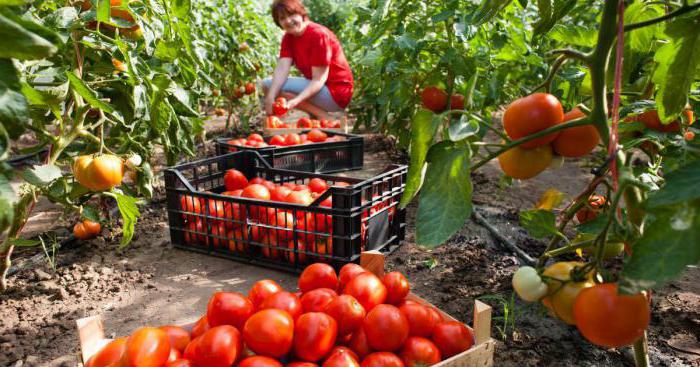

Advantages of a pure variety: low cost of seeds, you can independently harvest seeds in the future, stable characteristics.
Cons of the variety: lower yields compared to hybrid tomatoes, low resistance to various diseases.
Pluses of hybrids: high yields, stable fruiting, amicable ripening, disease-resistant, excellent presentation.
Cons: seeds are more expensive than varietal ones, it will not be possible to prepare material for further planting on your own.
Next, consider tomato seeds - the best varieties according to gardeners' reviews. The list has been compiled for both open ground and greenhouses.
Recommendations
There are some tips to help you avoid mistakes when picking tomato seeds at home:
- To harvest seeds at home, you do not need to use ripe tomatoes, you can take a slightly unripe fruit.
- To identify low-quality seeds that will not sprout, soak in salt water. To do this, the grains after fermentation are placed in salt water (1 tbsp. Water and 1 tsp. Table salt). Seeds that float are not suitable for planting.
- To disinfect the collected sevok, it is necessary to place it in a solution of laundry soap (1 tbsp of soap in a glass of water). It is necessary to hold the grains for about 30 minutes. After all procedures, the seed is washed with water.
- You can dry the collected seeds on the spread out toilet paper, and then plant with it.
- Sevok is stored better if the humidity level in the room is up to 50%, and the temperature is from 2 to 5 ° C.
How to store tomato seeds
After thoroughly drying the seeds, spread them over:
- paper bags that can be made from newspaper or paper;
Seeds can be stored in homemade paper bags - small plastic bags with a latch, first pierce them in several places with a needle.
Seeds are often stored and sold in grippers - snap-on pouches
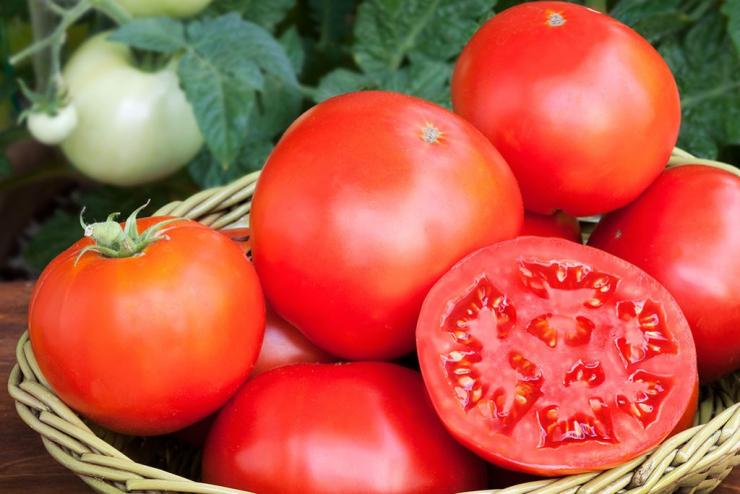

On each bag, indicate the name of the variety and the year of collection. The shelf life of tomato seeds is 4–5 years, maximum - 7 years. If they have been on for longer, test them for germination before sowing. The ideal storage temperature is 12 ... 15 ° C, but you can keep the seeds in the refrigerator or at room conditions. Do not freeze and allow sudden temperature fluctuations.
The most popular way to harvest tomato seeds is by fermenting the pulp. But if you need a little seed, go for the simpler technology. Beginners in seed growing in the spring, before sowing, need to test their own seeds for germination for safety reasons. If they were collected from the wrong tomato, dried poorly or stored incorrectly, then there may be failures.

